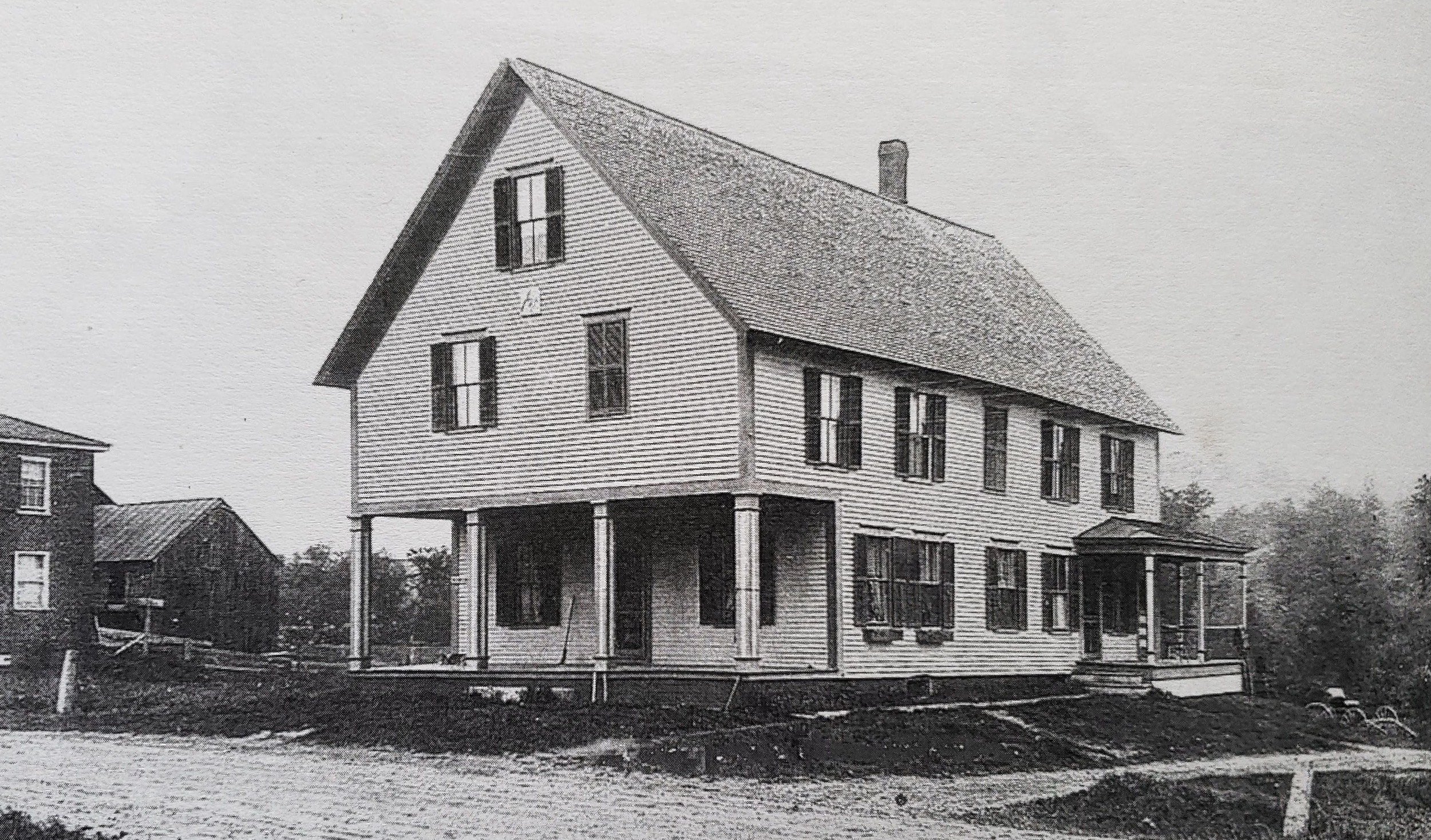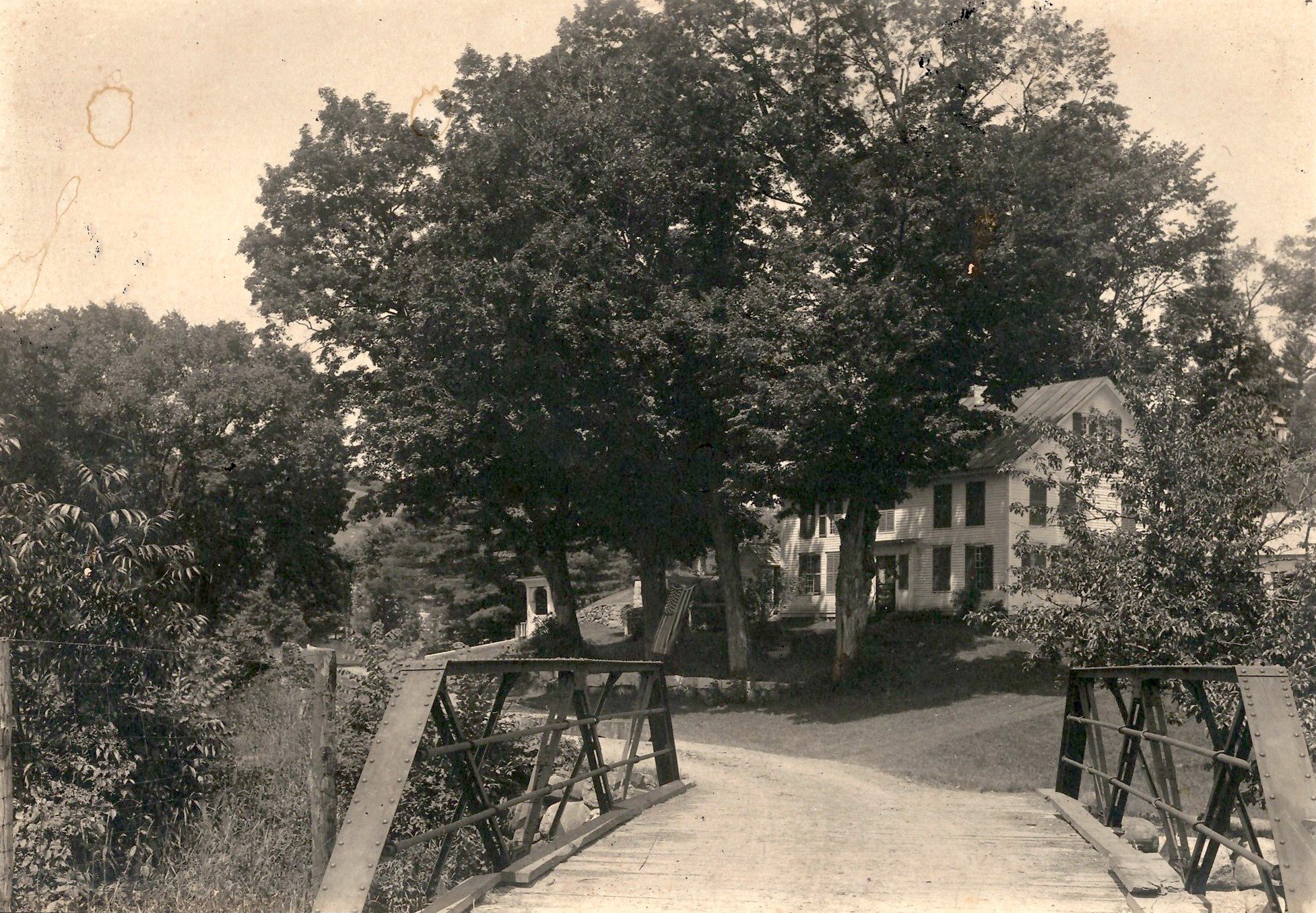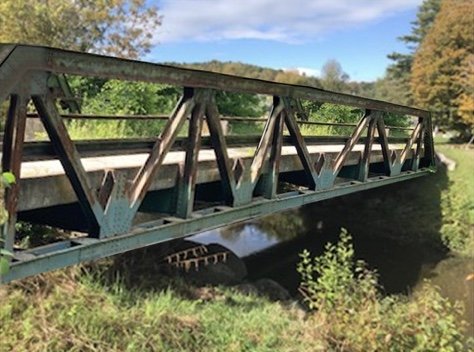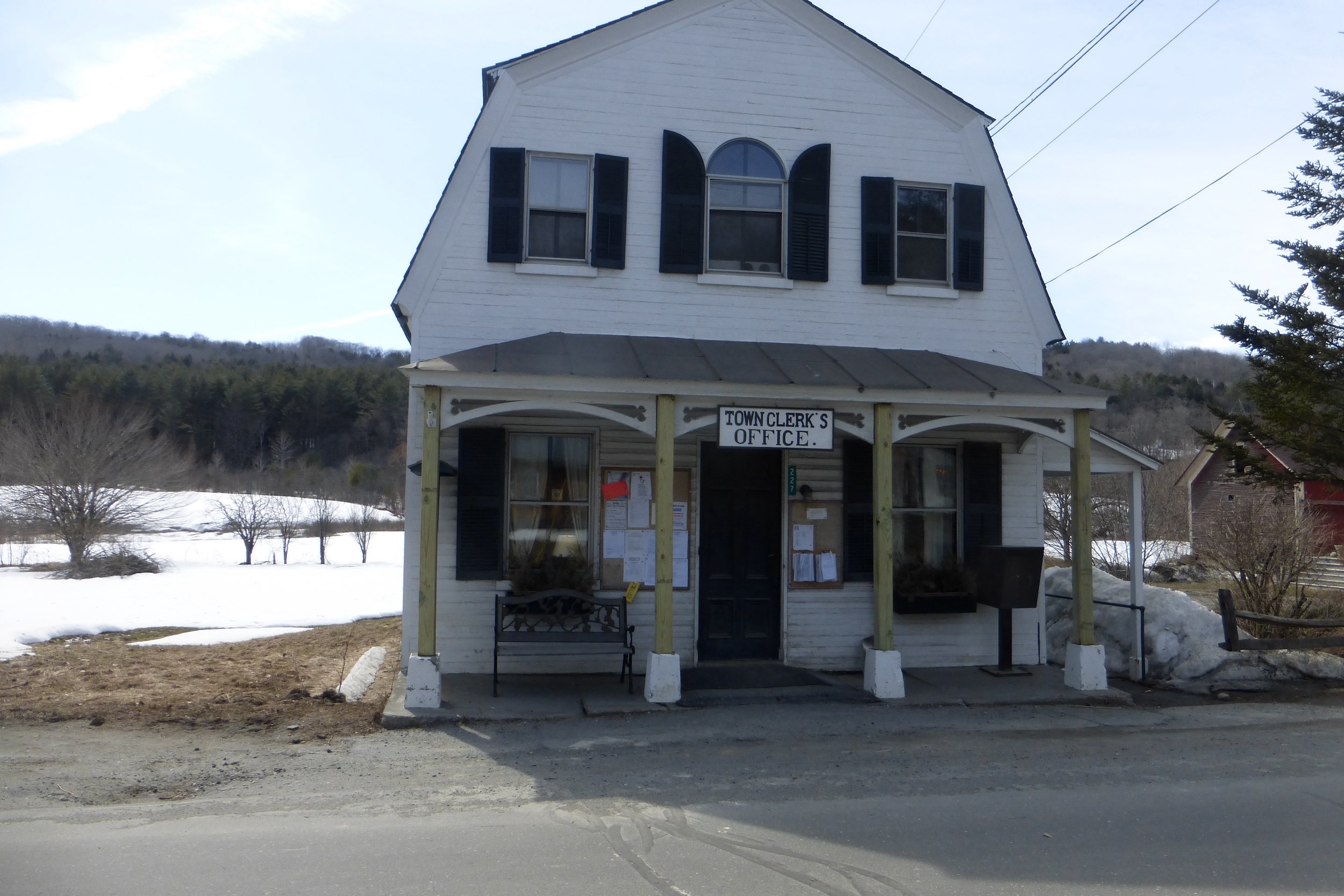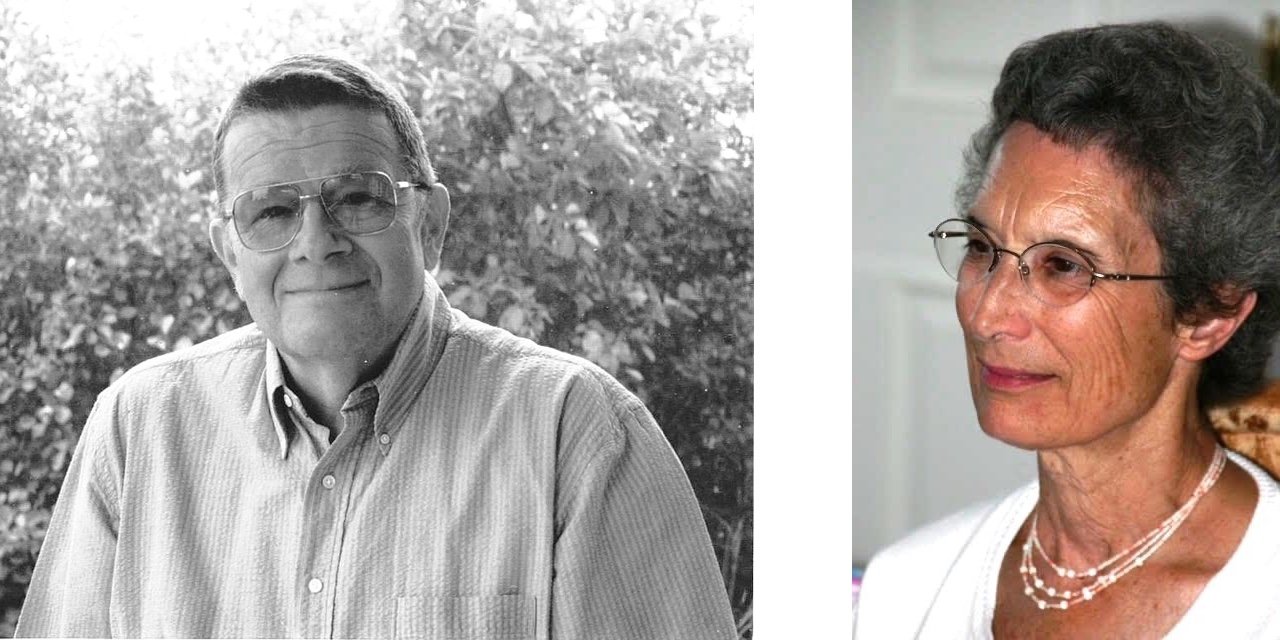News - Summer ‘23
Strafford Village Meet-up
Historic preservation advocates and professionals from all over Vermont filled the Strafford Town House on June 6, 2023, for the first-ever Village Meet-up. The magnificent Town House was the centerpiece, and the historically intact and ever-scenic Upper Village of Strafford provided the backdrop. Even the weather cooperated. The event was hosted by the Preservation Trust and the Vermont Department of Community Development.
The concept was to discuss and analyze ways and means of protecting what may be Vermont’s greatest public asset: its historic architecture —and at the same time finding creative ways to make our small communities both economically viable and self-sustaining.
While there were several panel discussions on various preservation issues throughout the day, Strafford, as the host community, had the opportunity to make presentations on three current restoration projects, two in Strafford Village and one in South Strafford.
Masonic Hall
The Strafford Historical Society’s Secretary, Laura Ogden, led off with her account of a historical society in need of a home, the Masonic Temple’s offer to sell the Masonic Hall to the SHS for $1, and now our $350,000 plus renovation effort. While the discovery of serious structural issues and the need to correct them dictated a slower, longer fundraising effort, it also provided an opportunity to consider not only the SHS’s traditional role in the community but also how we might be able to contribute to it more meaningfully. As Laura put it, “The slowing down meant that we have been able to talk with community organizations and people about what is the best use for the building—these conversations led us to shift gears—instead envision the building as a cultural and community space that centers Strafford history.”
For the future, Laura identified the following goals:
First, our goal is to restore the building’s structural and aesthetic integrity – but to do so in a way that lowers our carbon footprint by maximizing energy efficiency.
Second, we have a design that offers flexibility so that the building will be useful as a community space – with a conference room available for meetings, a small kitchen, and a larger interior “swing space” which can be used for lectures or other public events. This means including cabinetry for our collections that can be shifted around. The building is adjacent to our community K-Middle School – and so students will be able to access our archives for research and other curricular activities.
Last, we have an outdoor architectural and landscaping plan which will be used for other community events and tie the site into other recreational and community sites in South Strafford.
So, in a nutshell – the cost and size of the project have been daunting –but having to slow down has allowed us to listen to our community and develop a plan for the building that honors our history, but is future-looking.
1902 photo of Masonic Hall
Landscape sketch plan
Bridge #30 Group
The bridge just below the Town House must be replaced. Historically, a steel truss bridge stood on the site until the 1940s. This bridge is particularly significant because it links the Strafford Town House, Strafford’s most important building, with the childhood home, family blacksmith shop and mausoleum of our most illustrious personage, Senator Justin Smith Morrill. David Grant, representing a group of concerned residents, addressed the issue of replacing the existing, but damaged, bridge with a vintage truss bridge. He was among those who have so far successfully lobbied the Town of Strafford and the Vermont Agency of Transportation to explore the possibility of replacing it with a currently available truss bridge stored in Ludlow.
The Bridge #30 Group believes that through a combination of state and federal grants the replacement of this bridge with the truss bridge will not be significantly more costly than a modern structure which would be out-of-scale and inconsistent with the historical character of the village.
Ludlow truss bridge option
Looking to the future, the Bridge #30 Group anticipates the following advantages of choosing the truss bridge option:
Economically: enhancing the Town of Strafford and the Village National Historic District
Environmentally: reusing, recycling, making use of embedded energy in the trusses, and saving the carbon footprint necessary for new construction
Town Office Building
The Strafford Town Office is in dire need of restoration. Originally built as a library for the Town by Senator Justin Smith Morrill, it has served as the Town Office for many decades. Unfortunately, the second floor has now had to be closed for access deficiencies and structural concerns, among other problems, and the Town Office lot is just too small to make the necessary structural revisions. The hope has been that the parcel size can be increased sufficiently through boundary-line adjustments with neighboring properties to allow expansion. At least one additional parcel survey will be required before that question can be answered.
Strafford Town office building
Selectman David Paganelli patiently explained the zoning complexities related to increasing the dimensions of the Town Office lot. It is the Selectboard’s hope that the historically significant Town Office can eventually be renovated and remain where it is, but also be enlarged, made more energy efficient and finally be code-compliant to serve the Town for future decades.
Conceptual drawing - future Strafford Town office building
Robert and Stefanie Johnston
The 2022 Town Report was dedicated to Robert and Stefanie Johnston. After moving to Strafford in their retirement, these two talented, energetic individuals, who worked together so incredibly well, became deeply involved in our community. While Bob served and became in effect the head Lister, their real love was Strafford history and they dedicated over twenty years to the Strafford Historical Society
Building on the excellent work that had been begun by many, including Josie Fisher, George Bassingthwaighte, Carrie Judd, and especially Gwenda Smith, they helped usher in a new era of accessibility to, interest in, and understanding of the fine collection of material that had been preserved.
Through their efforts, the Strafford Historical Society found its first public home, first in a room in the Brick Store that used to be part of Richard Montague’s bike shop and later in rooms in the much larger ell of that building. Stefanie focused on organizing the collection and curating numerous exhibits. These included, most notably, a series on Strafford families that not only honored the contributions of families with long histories in town but brought to light many related artifacts and contributions to the Historical Society collection. Bob focused his attention in researching and writing books on Strafford's history. His works have provided a window into the origins and changes that have taken place here and abundant details about the people who created a town that mirrors the natural beauty surrounding us.
To top it all off, they provided us with spirited events of fun and camaraderie. They were the force behind the celebration of the 250th anniversary of the granting of the charter that led to the establishment of our town. They also organized, for a number of years, the most amazing Mardi Gras parties for the town at Barrett Hall, complete with a steel drum band in which Bob played. We are truly grateful for all the Johnstons have given to Strafford and are profoundly saddened by the passing of Stefanie in January 2022.

